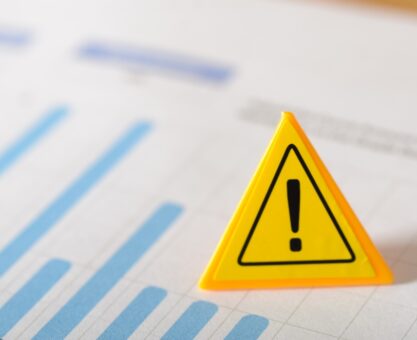When you put money into your TSP or other tax-advantaged retirement accounts, the contributions you make have not been subject to income tax by the federal government. Eventually, Uncle Sam comes calling and requires you to make withdrawals from those accounts so that he gets his cut. These are called Required Minimum Distributions (RMDs).
When Do RMDs Begin?
Required Minimum Distributions kick in when you turn 73. In the year that you turn 73, you will have until April 1 of the following year to take your initial RMD, but in all subsequent years, you’ll have to take them by December 31. Not taking your RMD can result in a penalty of up to 25% of the calculated amount you were due to withdraw.
How Are RMDs Calculated?
To calculate your Required Minimum Distribution, find your account balance as of December 31 of the previous year. Divide that balance by the number provided by the IRS life expectancy tables. For example, if your account balance is $500,000 and you’re 75 years of age (and your spouse is less than 10 years younger than you), you would divide the account balance by 24.6 (provided by the IRS table), which means your RMD would be $20,325.
“Not taking your RMD can result in a penalty of up to 25% of the calculated amount you were due to withdraw.”
Alternatives To RMDs
If you have a robust nest egg, don’t need the funds from an RMD, and want to minimize your tax burden, consider a Qualified Charitable Distribution (QCD). This allows you to donate your RMD directly to charity and keep it off your tax bill. Another option would be to roll your funds into a Roth account. While this will be subject to taxes, Roth accounts have no RMDs so your money can continue to grow. Plus, subject to certain conditions, withdrawals from your Roth accounts are tax-free.
Developing A Withdrawal Strategy
Many people who fear outliving their retirement savings may take a very conservative withdrawal strategy early on to conserve funds. But this could lead you to miss out during the most active of your golden years. RMDs may seem as though you’re depleting your retirement accounts, but even a modest rate of return (4% – 5%) will result in your balance returning to the pre-withdrawal amount.
Be Prepared
The best time to start planning for retirement is now. A successful retirement strategy is more than just numbers, it’s understanding what your lifestyle will look like and what you want to accomplish. Speak with a financial professional, like an FRC® trained advisor, who listens to your goals and crafts a plan to help you achieve the retirement that suits you.


























